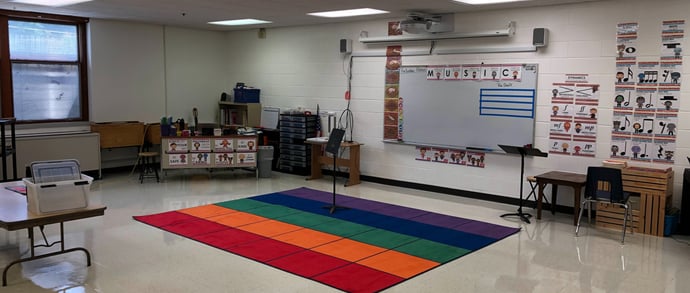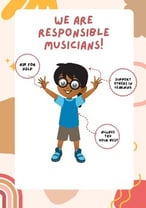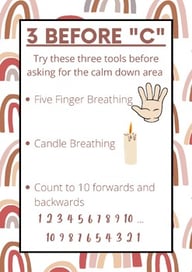Creating a Calm Classroom: Strategies to Quiet a Class Without Yelling
Discover classroom management techniques for educators to create a calm classroom environment.
Teaching is exhausting for many reasons but one of the biggest culprits is classroom management. We are constantly solving problems and redirecting students that by the end of the day our patience has run out and we raise our voice. Even though yelling can help solve the problem in that moment it can be detrimental in the long run.
Here are 4 techniques to help you create a calm classroom environment:
Setting a strong foundation of expectations
Using non-verbal cues
Positive reinforcement
Mindfulness Strategies
Foundation of Expectations
At the beginning of the year it is very important to explain the expectations to the students and have them practice, practice, practice. A review of those expectations should also be done after long breaks or if there is a class/student who is not following a specific expectation. When creating your expectations never assume that students know an expectation; clarity is key. Get a free download of my expectations by clicking on the picture above. I always display the expectations in my classroom so I can refer back to what we learned in the beginning of the year.
Non-Verbal Cues
Non-verbal cues are an excellent way for students to communicate in the classroom without blurting out. Some teachers use specific signals for asking to go to the bathroom or to get a drink. In order for them to be effective they need to be introduced, practiced and displayed visually in the classroom. Linked is a copy of my signals visual in my classroom.
Positive Reinforcement
In every school I have taught, PBIS has been the center of the school's behavior system. I am currently in my 3rd year of being the PBIS leader of my school. This is my foundation of using positive reinforcement in my classroom. I plan to write a more in depth post about PBIS and how to use it in your classroom/school in the future but here is a general overview. The more you can find a student following the expectations and praise them for it the more other students will want to follow that expectation. When teachers are constantly pointing out the student not following expectations students only hear the negativity. I completely understand this is easier said than done but it can make a huge difference in your classroom environment.
Mindfulness Strategies
There are many effective mindfulness strategies that can be used in your classroom. Three examples are below on my "3 Before C poster". These are great strategies to invite your students to use when they are not feeling ready to learn. They can also be done together as a class before your begin or after a transition.
Every classroom dynamic is different and not all strategies will work. Consistency is key! The more consistent you can be with you expectations the better.





